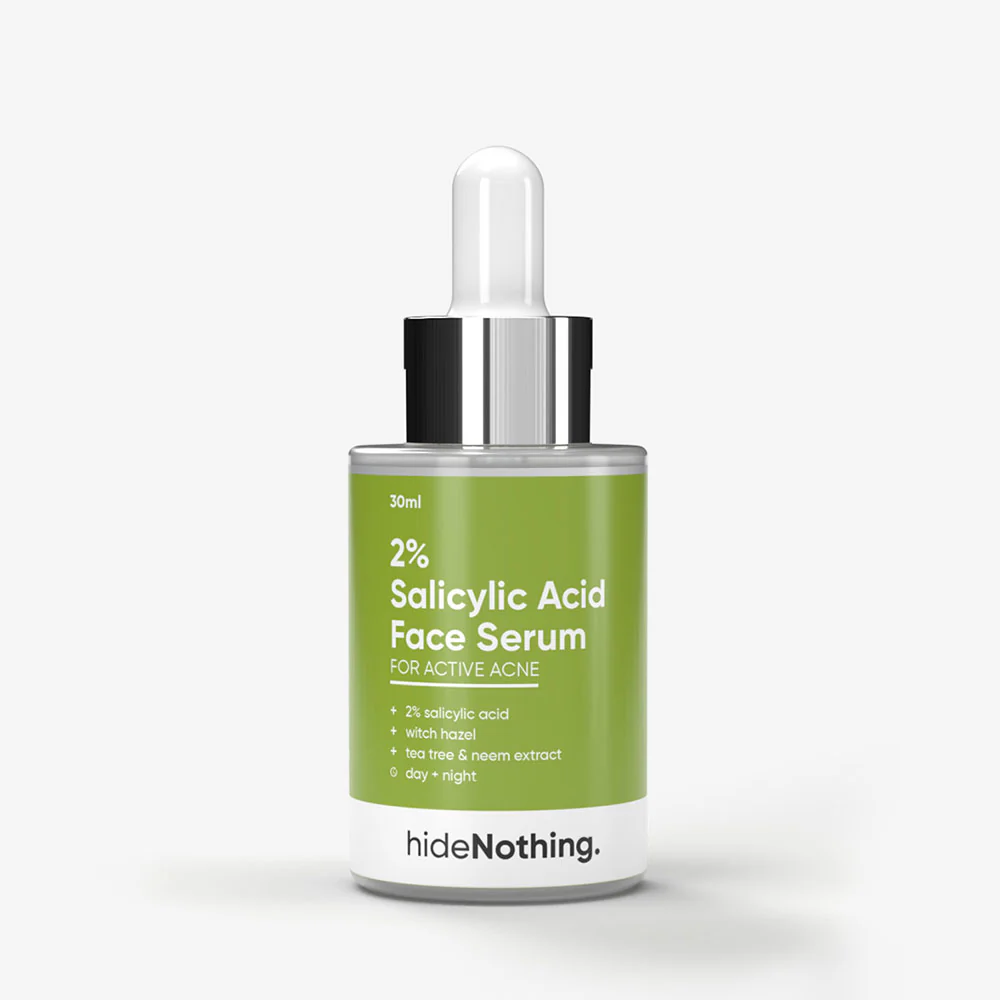When dealing with sensitive skin salicylic acid serum conditions like rosacea, finding the right skincare solution is crucial. Among the many ingredients recommended for skin care, salicylic acid is often touted for its ability to treat various skin concerns, such as acne, oily skin, and exfoliation. But when it comes to rosacea, a condition characterized by inflammation, redness, and sensitivity, many wonder if salicylic acid can be a safe and effective option.
In this detailed guide, we explore whether salicylic acid serum is good for rosacea, how it works on the skin, and what precautions you should take when incorporating it into your routine.
Understanding Rosacea: What Is It?
Before diving into whether salicylic acid serum is suitable for rosacea, it’s important to understand what this skin condition entails. Rosacea is a chronic inflammatory skin disorder that mainly affects the face. It presents with symptoms like persistent redness, visible blood vessels, bumps, and pimples that resemble acne. Rosacea can also cause skin sensitivity, leading to discomfort, dryness, and stinging.
There are different subtypes of rosacea, including erythematotelangiectatic rosacea (redness and visible blood vessels) and papulopustular rosacea (acne-like breakouts). With such a broad spectrum of symptoms, it’s critical to choose skincare ingredients that will not aggravate the condition.
How Does Salicylic Acid Work?
Salicylic acid is a beta hydroxy acid (BHA) that works by penetrating the skin’s layers to exfoliate dead cells, unclog pores, and control oil production. Its exfoliating properties make it a popular choice for treating acne and other oily skin issues, as it helps reduce the occurrence of blackheads and whiteheads. It also has anti-inflammatory effects, which are beneficial for reducing redness and swelling in acne-prone skin.
However, its role as an exfoliant raises concerns when considering its use for rosacea. Since rosacea is marked by compromised skin barriers and heightened sensitivity, harsh exfoliation could potentially worsen the symptoms.
Can Salicylic Acid Serum Help Rosacea?
While salicylic acid can offer great benefits for acne-prone skin, its application for rosacea is a topic of debate. Some individuals with rosacea report improvements when using products with salicylic acid, while others experience flare-ups due to the acid’s exfoliating and drying properties. The key lies in understanding your skin’s tolerance and how you use the product.
Benefits of Salicylic Acid for Rosacea-Prone Skin
- Anti-inflammatory Properties: Salicylic acid’s ability to reduce inflammation may help alleviate some of the redness and swelling associated with certain types of rosacea, particularly papulopustular rosacea, which is characterized by acne-like breakouts.
- Unclogs Pores: For those with rosacea who also struggle with acne or clogged pores, salicylic acid can help clear blockages and prevent future breakouts.
- Reduction of Skin Bumps: Salicylic acid helps in gently exfoliating the skin and reducing bumps caused by clogged pores, which may benefit those dealing with rosacea-induced breakouts.
Risks and Drawbacks
While there are benefits, using salicylic acid serum on rosacea-prone skin can also have drawbacks:
- Skin Irritation: Salicylic acid’s exfoliating power may be too harsh for sensitive rosacea skin, leading to irritation, increased redness, or flare-ups. This is especially true for individuals with erythematotelangiectatic rosacea, where skin sensitivity is higher.
- Drying Effect: Since salicylic acid helps control oil production, it can dry out the skin, which might not be ideal for those with rosacea, as dry skin tends to worsen rosacea symptoms.
- Weakened Skin Barrier: Overuse of salicylic acid can strip the skin of its natural oils and weaken the skin barrier, leading to more sensitivity and irritation over time.
How to Safely Use Salicylic Acid Serum for Rosacea
If you’re considering salicylic acid serum in Pakistan incorporating salicylic acid into your routine, it’s essential to proceed with caution, especially if you have rosacea. Here are some tips to ensure you use it safely and effectively:
1. Start with a Low Concentration
For rosacea-prone skin, it’s advisable to use a salicylic acid serum with a lower concentration (around 0.5% to 1%). Higher concentrations (like 2%) could lead to increased irritation and redness.
2. Patch Test First
Before applying salicylic acid serum all over your face, conduct a patch test. Apply a small amount of the serum on a discreet area, like behind your ear or along your jawline, and monitor for any adverse reactions over 24-48 hours.
3. Limit Usage Frequency
Rather than using salicylic acid every day, limit its application to once or twice a week, especially in the beginning. This gives your skin time to adjust without overwhelming it.
4. Moisturize Generously
Since salicylic acid can dry out the skin, follow it up with a rich moisturizer that is designed for sensitive skin. Look for ingredients like hyaluronic acid and ceramides, which can help restore the skin barrier and lock in hydration.
5. Avoid Other Harsh Ingredients
Avoid combining salicylic acid with other strong exfoliants, such as glycolic acid or retinoids, as this can increase skin sensitivity and irritation. Stick to gentle, soothing products that focus on calming the skin rather than aggressively treating it.
Alternatives to Salicylic Acid for Rosacea
If salicylic acid seems too harsh for your rosacea-prone skin, consider using gentler alternatives that still offer anti-inflammatory and exfoliating benefits without the risk of irritation.
1. Azelaic Acid
Azelaic acid is a well-known treatment for rosacea. It has both anti-inflammatory and antibacterial properties, making it a great option for treating redness and bumps associated with rosacea. It’s also milder than salicylic acid, which makes it suitable for sensitive skin types.
2. Niacinamide
Niacinamide is a form of vitamin B3 that helps reduce inflammation, improve the skin barrier, and reduce redness. It’s gentle enough for rosacea and can be used in conjunction with other treatments.
3. Sulfur
Sulfur is another alternative that can help reduce redness and inflammation. It’s a common ingredient in rosacea treatments and works well for those dealing with pustules and bumps.
Conclusion: Is Salicylic Acid Serum Good for Rosacea?
Salicylic acid serum can offer some benefits for individuals with rosacea, especially those who also suffer from acne-like breakouts. However, its exfoliating and drying properties can pose risks for sensitive skin, leading to irritation and worsening symptoms. If you decide to use salicylic acid, it’s crucial to start slowly, choose lower concentrations, and pay attention to how your skin reacts. https://techners.net/
















Leave a Reply